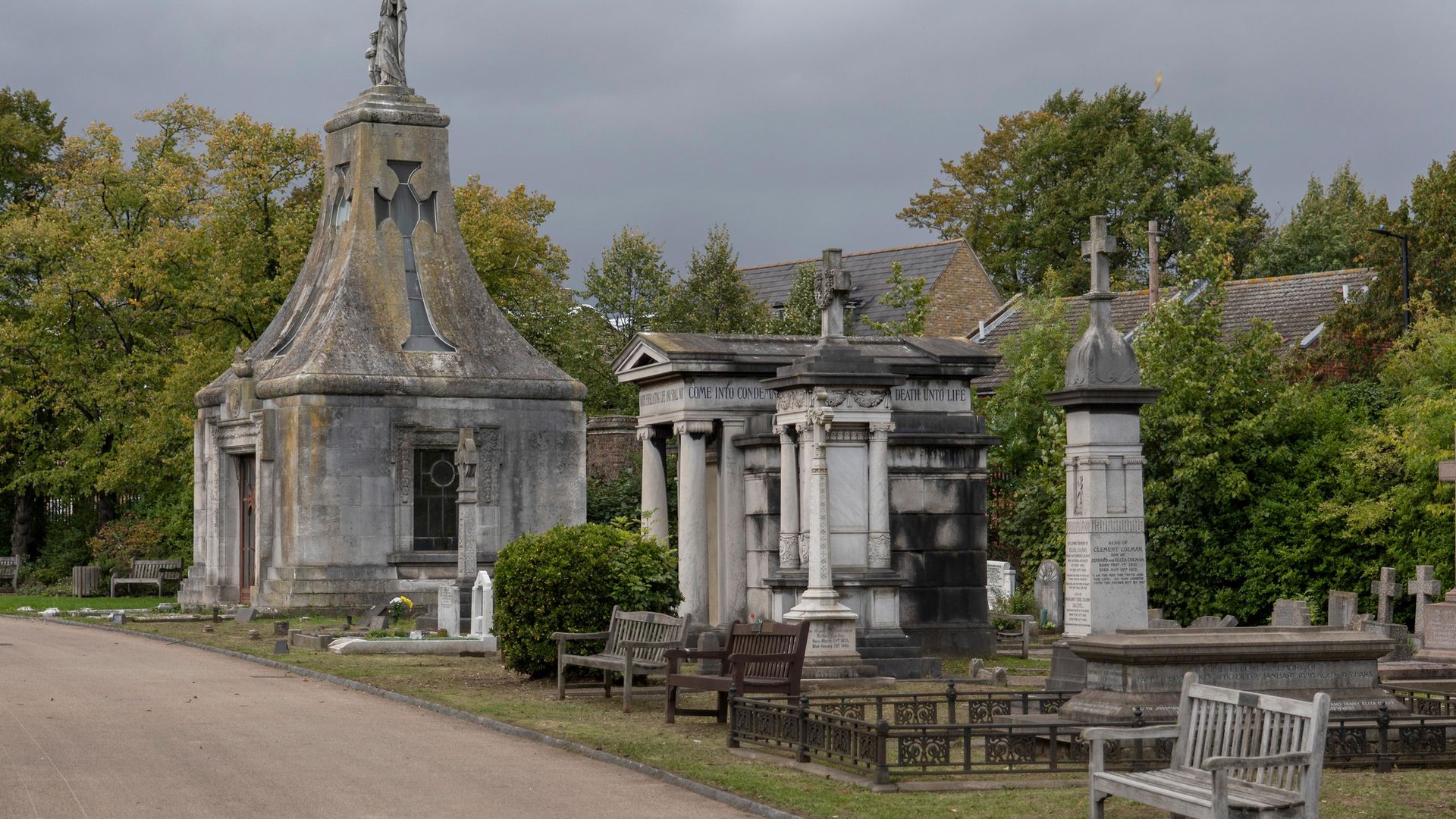
So, I’ve been spending quite a lot of time in Guy’s Hospital recently, accompanying my brother-in-law who’s terminally ill with cancer to his consultations and treatments. It’s a hospital I know well – having already seen birth and death there, as well as being diagnosed with – and receiving ongoing treatment for – a myeloid blood condition of my own.
The hospital has been undergoing an extensive refurbishment over the past few years – its most salient feature, the highest hospital tower in the country, has been covered with what can only be described as lashings of cladding, such is the thick and buttery appearance of this material, which one can only hope is rather more flame-retardant than actual butter.
A few paces from the hospital’s main entrance, in the courtyard of the original Georgian building, the founder is boxed-up in a big cube of plywood: other- rather than self-isolated because of the attacks back in the early summer on statues of luminaries believed to’ve been associated with the slave trade. Perhaps a little unfair, since his involvement was pretty hands-off – investment in the South Sea Company, which traded slaves among much else – rather than hands-on management; there’s this, and there’s also the massive nature of Thomas Guy’s endowment: the largest charitable one that we know of from the period, and a gift that has gone on giving to Londoners, irrespective of race or ethnicity to this day.
There must be a little bit of Guy’s dosh mixed in with the foundations of the new Cancer Centre at his hospital as well. Even without the pandemic, this facility would seem pretty much the dernier cri – but having a thermometer stuck in your ear, hand sanitiser gobbed on your palms, a fresh mask issued, before being told to follow the red arrows on the floor, really helps to enhance the dystopian vibe of the interior design; which is all colour-coded lino floors and vinyl banquettes, freestanding bafflers covered in synthetic material, and the obligatory VDU units advertising who’s due where and for what. Oh, and of course there’s a chain coffee shop in the main entrance, so that you can help the hospitality sector as soon as you’ve been checked in.
Yes… ‘checked in’: it’s this phrase more than other that makes of the Cancer Centre what it truly is, a sort of air terminal for the dying. Of course, plenty who come here may fly away to other destinations – but a goodly proportion will only be issued with angelic wings, if any. You check in at the main entrance – and then you check in upstairs at the Village, which is what they’ve dubbed the waiting area on the third floor. Yes! I kid you not: in this troublingly mass and anonymised society of ours, with its teeming millions that need to be traced and tested and subsequently corralled, here at last is a bona fide village! OK, it’s one with permanent population only of oncologists, nurses and other medical staff – but nonetheless, it’s somewhere that observes the Cheers dictum (named for the line in the theme song for the erstwhile sitcom set in a Boston bar: “Sometimes you wanna go / Where everyone knows your name…”).
Somewhere else is the cemetery: at West Norwood, where we’ve leased a columbarium niche for a recently departed relative. Here, everybody knows your name because it’s carved on a big slab of stone, or etched on a brass plate. Right by the main gates you find the tomb of Sir Hiram Maxim. You might’ve imagined that the inventor of the machine gun – by means of which nearly as many have been despatched as the pesky crab – would’ve been a little circumspect when organising his apotheosis, but no: there his name is, together with that of his wife, Lady Sarah, together with a Lt Col Maxim Joubert, who, given the name and the dates, one can only assume to’ve been a grandchild.
Built on a hill, like all the best necropolises, with the older – and for the most part, larger – tombs tip-tilted and rather romantically overgrown, West Norwood feels like a very quiet village indeed, as you wander the paths snaking between the graves, greeting fellow mourners with a nod which should really be accompanied by a doffed hat.
At the Guy’s Village the VDUs flash up appointments that need to be attended right away – but at the West Norwood one, the gravestones make it perfectly clear there’s no point in rushing. A grave for someone of Korean heritage features teacups of rice – one for a Greek, a half-empty bottle of ouzo. Right at the top of the hill, you can just about make out Guy’s Tower in the distance. Many of the people who lay down for eternity here would’ve been former commuters, who rushed into the City of London every morning, and then hurried home every evening to the suburbs. Now, at last, they’ve been allowed some rather more bucolic repose.









